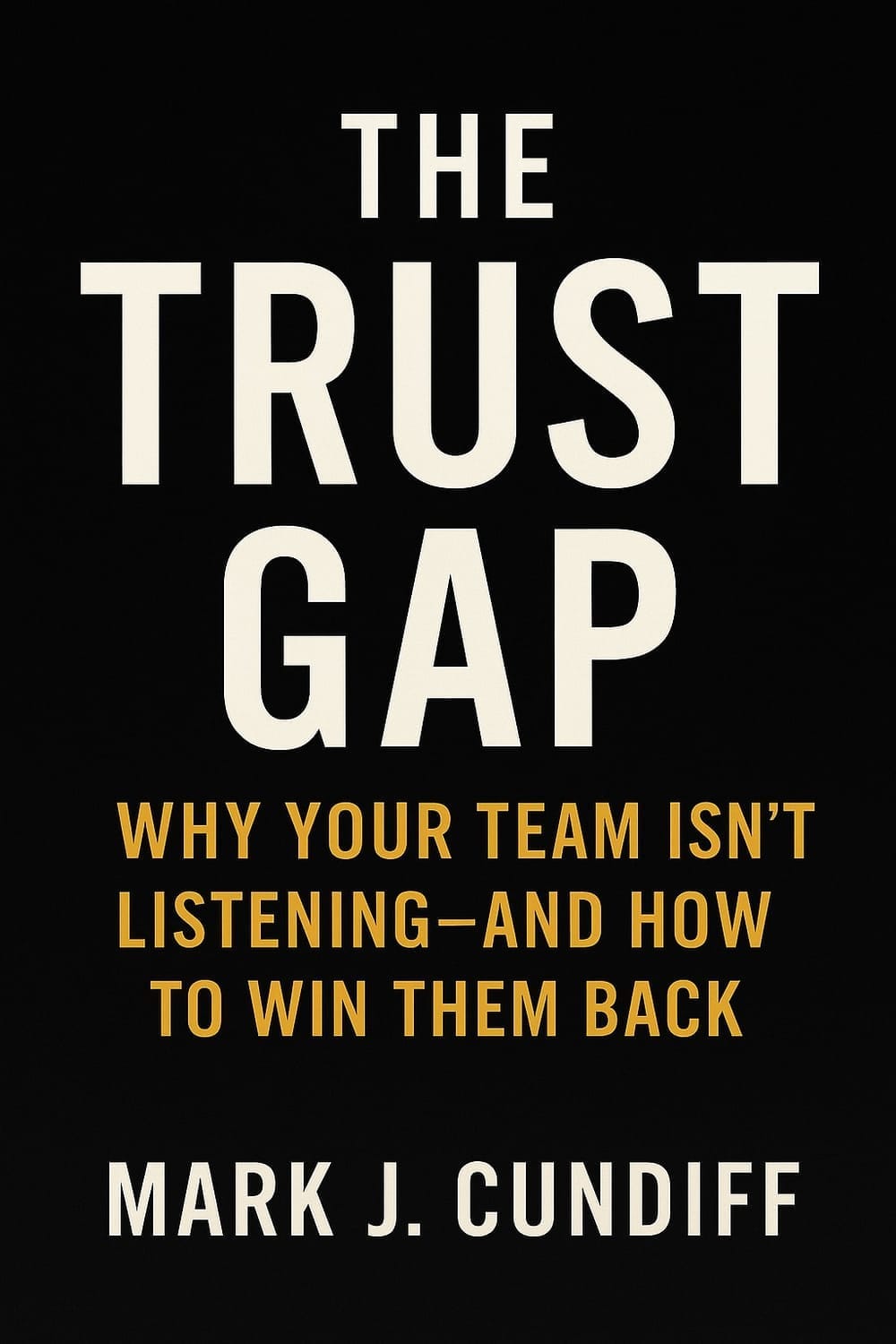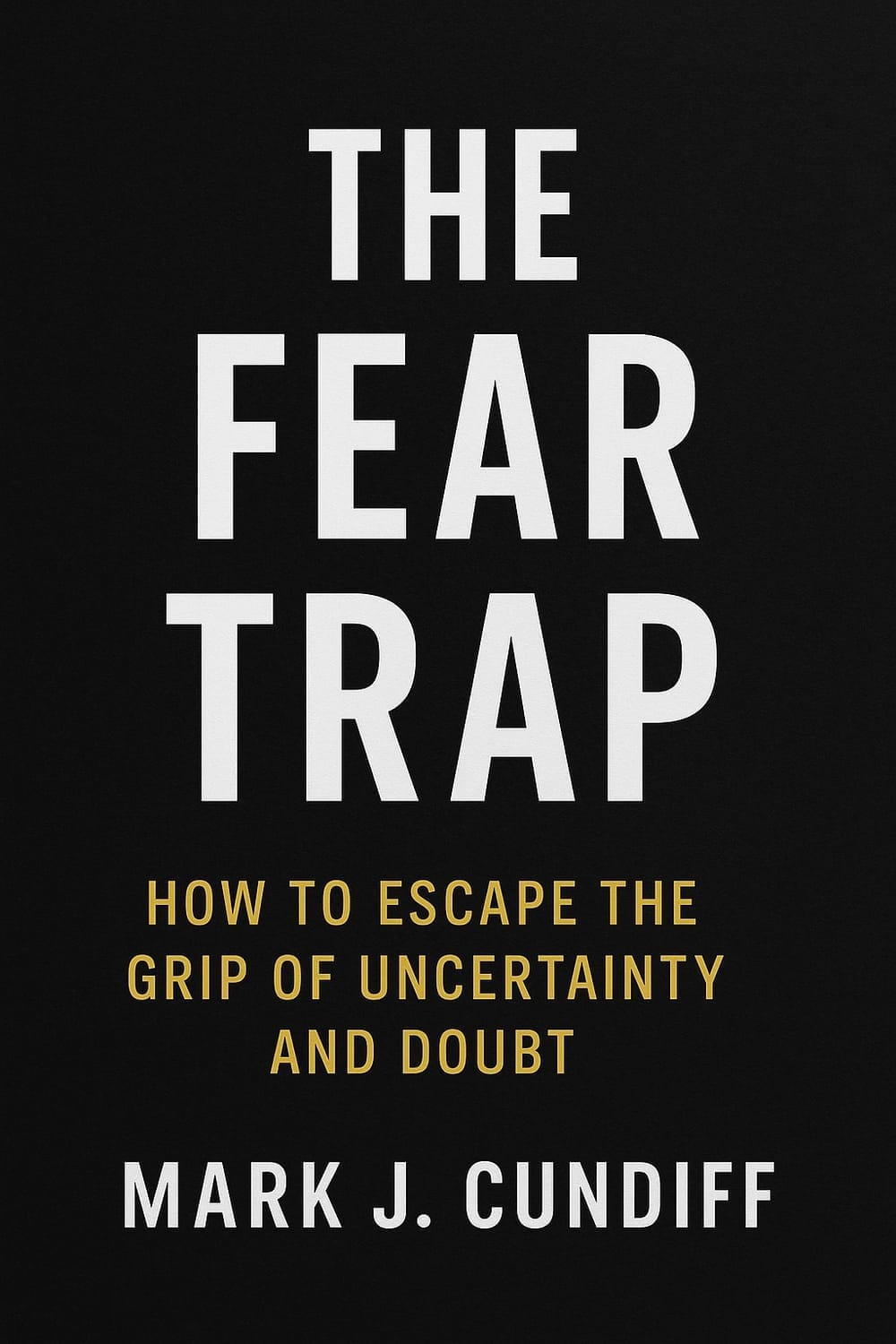Bridge-Building Leaders: Why \"Both\/And\" Thinking Is Your Competitive Advantage -Gabriel Salguero - Global Leadership Summit - 2025
What if the very tensions you're trying to resolve are actually the source of your greatest leadership breakthroughs?
Rev. Gabriel Salguero's session at the Global Leadership Summit challenged me with one powerful question:
Am I building bridges or walls with my leadership?
Salguero, who pastors a multi-ethnic congregation and leads the National Latino Evangelical Coalition, shared something that challenged my thinking about leadership. He talked about "hyphenated leaders"—those who refuse to choose sides and instead build bridges between seemingly opposing perspectives.
Here's what hit me:
We live in an either/or world, but the leaders who thrive are the both/and leaders.
The Rush to Resolve Is Killing Your Impact
Let me ask you something. When conflict or complexity shows up on your team, what's your first instinct?
If you're like most leaders, you want to solve it. Fast. Get everyone aligned, move forward, check the box.
But Salguero challenged this thinking with a simple question: "Are you solving the right problem, or are you solving too fast?"
This hit me hard.
How many times have I jumped to solutions before I truly understood the complexity?
How many times have I prioritized speed over understanding?
The best leaders resist the rush to resolve. They sit in the tension long enough to understand what's really happening beneath the surface.
Translation Builds Trust (Broadcasting Doesn't)
Here's another question that made me uncomfortable:
"Are you communicating in ways that bridge perspectives, or just broadcasting your position louder?"
Ouch.
We've all been there. When someone pushes back on our idea, we double down. We speak louder, make our case stronger, pile on more evidence. But are we translating or just broadcasting?
Translation means taking your perspective and making it accessible to someone who sees the world differently.
It requires empathy, curiosity, and the humility to step into someone else's shoes.
Broadcasting? That's just volume without understanding.
Four Questions Every Bridge-Building Leader Must Ask
Salguero gave us a practical framework for developing "rooted openness"—the ability to hold deeply to your values while creating space for others.
Here are the four questions that can transform your leadership:
1. Am I aware of my own anxiety and insecurities?
When you quickly resist certain perspectives, pause.
Ask yourself: Is this resistance about the idea itself, or about your own discomfort?
Self-awareness is the foundation of bridge-building leadership.
2. Do I know my leadership roots?
Your background shapes your reactions and decisions more than you realize.
The question isn't whether this is happening—it's whether you're conscious of it.
Know your story so it doesn't unconsciously drive your leadership.
3. Am I pausing before I push back?
This is the discipline of the pause.
When someone presents a perspective that makes you want to resist, stop.
Is this about the idea, or about your discomfort with being challenged?
4. Do I hold space for others without feeling threatened?
This is "rooted openness" in action.
When you're secure in your own story and values, you can create space for others without feeling like you're losing something.
The Both/And Leadership Advantage
Here's what I keep coming back to:
Diversity is not division.
In our polarized world, the leaders who will thrive are those who can hold multiple perspectives simultaneously. Who can be deeply rooted in their values AND genuinely open to learning from others.
Think about your team. Your organization. Your community.
Where are you defaulting to either/or thinking when both/and leadership could unlock breakthrough solutions?
Your Bridge-Building Action Plan
Want to develop this kind of leadership?
Here's where to start:
This week, practice the pause.
When someone presents a perspective that makes you want to push back, stop. Ask yourself: "Is this about the idea, or my discomfort?"
This month, seek genuine input.
Not feedback that confirms what you already think, but perspectives that challenge your assumptions. Then practice translation—help others understand your perspective while working to truly understand theirs.
This quarter, remind your team of your common destination.
When tensions arise, come back to shared purpose. Bridge-building isn't about avoiding conflict—it's about navigating it toward something greater than any individual perspective.
The world doesn't need more leaders who choose sides. It needs more leaders who build bridges.
You have the opportunity to be that leader. The question is: Will you resist the rush to resolve long enough to build something better?
What's one area where you've been thinking either/or that could benefit from both/and leadership?
Email me at mark@markjcundiff.com and let me know—I'd love to hear your thoughts.
Keep leading with purpose!
The Complete Global Leadership Summit Article Index
John Maxwell: The Legacy You Leave
Craig Groeschell: Leadership Consistency: The Boring Secret to Long-Term Success
Erica Dhawan: The New Leadership Advantage: Connectional Intelligence
Thasunda Brown Duckett: From Love and Faith to Leading a Trillion-Dollar Portfolio
Christine Cane: Don't Drift: Three Questions Every Leader Must Answer
Juliet Funt: The Power of Precision: Choosing Great Over Good
Join over 3,900 Fellow Leaders reading The Learning To Lead Newsletter each week!
Recent Articles

Join over 3,900 Fellow Leaders reading The Learning To Lead Newsletter each week!
©2025 Learning To Lead | Helping Good Leaders Become Great Leaders


